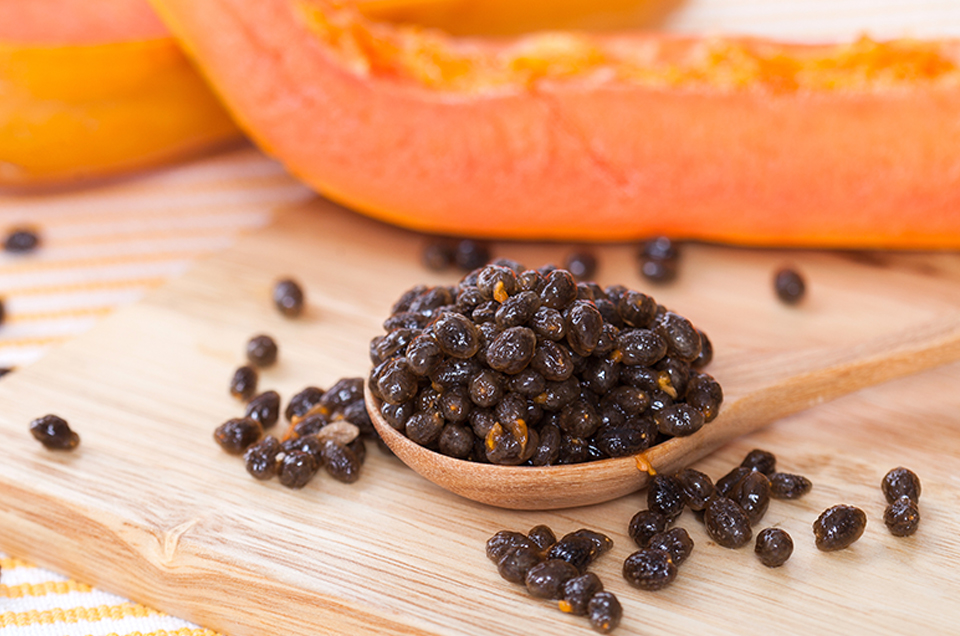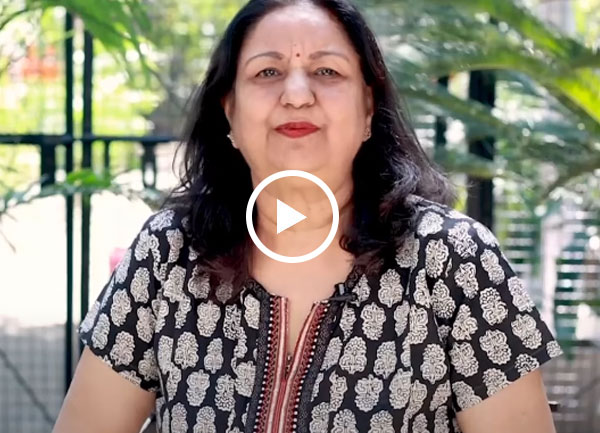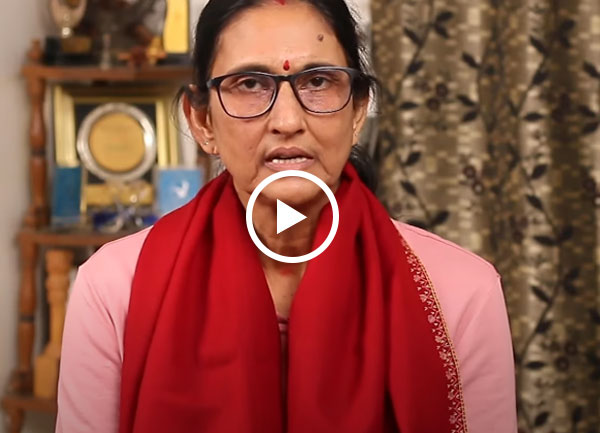The agnis/fires are descriptive categories for the action of various types of enzymes and metabolic processes. Of the thirteen types of agnis, the most important is the digestive fire/jatharagni. The concept of the digestive fire (jatharagni) is significant due to the central role of the digestive process in the functioning and formation of nutritive fluid (ahara rasa), the physical elements (doshas), tissues (dhatus), and wastes (malas).
It is vital to maintain the balanced functioning of jatharagni, as all other agnis depend on this, as well as all the dhatus, in order to receive proper nourishment. Prior to starting a systematic therapy for any disease, defects in the agnis are considered and investigated by the physician, and efforts are made to correct them using herbal remedies that stimulate their functioning.
The stimulation with herbs increases the activity of the agni/s, enhancing the formation of tissues/dhatus and assisting the elimination of wastes/mala and toxic deposits/ama. This stimulation of the agnis occurs after identifying the location of the blockage of srotas (channels) and determining the specific medicine appropriate for that agni. Once the particular agnis are stimulated, they become more active and assist in the excretion of wastes.
The four states of Agni:
When dosas are aggravated, the functions of all the internal systems and agnis are affected. Four different states of agni exist in the body. Of these various states, three are due to the aggravation of each dosha respectively (vata, pitta, kapha) and the fourth state is considered the balanced state.
Visamagni:
This is an erratic and unstable agni state, arising due the influence of vata. The functioning of agni is variable - the jatharagni sometimes digests food normally, and at other times slowly. This type of agni is often found in people with a vata dosa or when vata is aggravated. Symptoms of visamagni include constipation, distension or swelling of the abdomen, dysentery, colic type pain and wind, gas or gurgling sounds in the intestines.
Tikshagni:
The function of agni becomes too fast or strong in this state, which is due to an aggravation of pitta. It is often seen in people with a predominantly pitta constitution, or when pitta is disturbed. The jatharagni becomes hyperactive in the tikshagni state, and can digest even large quantities of food in a very short amount of time, leaving the person feeling constantly hungry. Symptoms of this state of agni include a dry mouth and palate, a burning sensation in the stomach and excessive thirst.
Mandagni:
The agni begins to function at a minimal rate in this condition, which is often found in people with kapha aggravation or constitution. The jatharagni cannot digest even a small quantity of food. Symptoms including nausea, vomiting, heaviness in the stomach, laziness, coughing, coating of the tongue and excessive salivation may be experienced when agni is in this condition.
Samagni:
The functioning of agni is normal and stable in this state, indicative of the balanced state of the three dosas in the body. Jatharagni can easily digest the normal diet and extract proper nourishment. All the tissues/dhatus, cells and organs receive sufficient nutrition, and good health is maintained.
Digestive Process:
In the mouth, food is tasted with the tongue and chewed with the teeth. Salivary glands provide moisture and help break down the food. These actions are all enabled by the action of prana vata. When the food reaches the stomach, it is kneaded into a dough-like consistency by kledaka kapha, and then exposed to jatharagni, the digestive fire.
The jatharagni heats the food and, with the assistance of pachaka pitta, forms the nutrient fluid - ahara rasa. Pitta is a vital part of the entire digestive process, as it is responsible for heat, energy, acidic actions (such as gastric activity) and all conversion functions, such as those undertaken in the stomach and liver.
The nutrient plasma nourishes and forms the seven tissues/dhatus. This nutrient plasma/ahara rasa is carried to the dhatus by samana vata. The portion of food with no nutritive value is termed mala or waste material. The waste/mala is transported by apana vata to the colon and rectum to be eliminated.
If jatharagni is weak or defective, it is not able to digest food adequately. The ahara rasa produced will be poor in quality or quantity, or both. Therefore, the dhatus and ojas will not receive proper nourishment and will inevitably become unbalanced. In addition, all the other metabolic processes and activities, which are dependent upon the jatharagni for fuel and nourishment, will become ineffective.
If jatharagni operates in a balanced way, the person stays in good health and enjoys a long life. If the function of the digestive process is impaired or unbalanced, the person becomes unhealthy and disease is generated, as a weak jatharagni leads directly to an imbalance of dhatus, malas and doshas. If it is totally destroyed, it results in death.
Kaya chikitsa is one of the eight branches of Ayurveda. Caraka Samhita defines kaya as a synonym for agni (or jatharagni) and chikitsa as "treatment." Internal medicine, or Kaya chikitsa basically means treatment of the digestive fire. This indicates the central role of jatharagni in maintaining health and the impact of digestion on the disease process.
When treating people who are sick, an astute Ayurvedic physician usually prescribes some ayurvedic medicine for digestion to improve the strength of jatharagni, even if there are no visible symptoms related to a weak or disturbed digestive process. If the jatharagni is impaired in any manner, the patient may not be even able to digest and absorb the remedies provided. So jatharagni plays an important role both in causation as well as cure of a disease.
































